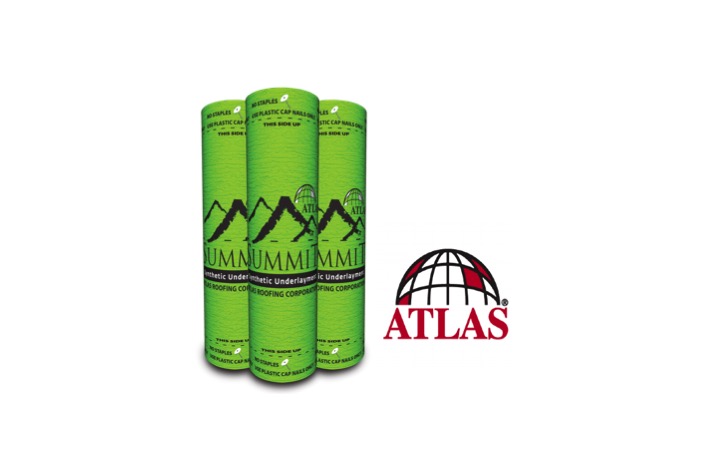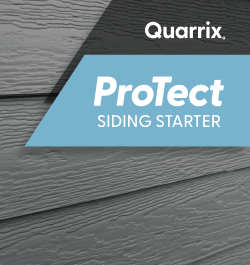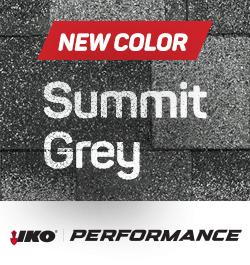Synthetic Underlayment – The Latest and Greatest

Synthetic Underlayment – The Latest and Greatest
For many decades, felt was the material of choice in the manufacturing of underlayment. However, recent advances in roofing materials technology and product development have produced synthetic underlayment, offering significant advantages to its traditional felt counterparts.
Synthetic underlayment’s unique benefits make it a worthwhile investment in a roofing system. All underlayment is designed to perform basic functions. Its main function is to act as a water-resistant barrier to protect the roof deck before shingles are installed or if shingles are torn off during severe weather. Underlayment is a home’s second line of defense.
UV Resistance for a Longer Lifespan
Over time, underlayment can break down, especially if it made with organic materials such as felt. According to the National Association of Certified Home Inspectors, as the organic compounds begin to degrade, felt underlayment becomes more fragile and can absorb more moisture — especially when exposed to heat. This can happen because of climate, poor ventilation or shingle choice. Additionally, ultraviolet (UV) radiation weakens felt underlayment, making exposure to sunlight harmful. Synthetic underlayment, which is made from inorganic engineered materials, has a longer lifespan compared to traditional felt underlayment.
Provides a Safer Surface for Steep Slope Installations
Walking on roofs can be dangerous regardless of the slope, but for pitched roofs with steep angles, synthetic underlayment offers a skid-resistant surface that is easy to walk upon while maintaining balance.
Tear Resistance Helps Prevent Waste
Felt underlayment has low tear resistance, which makes it more prone to accidental damage during installation than synthetic. It can rip and tear simply from foot traffic, or from the pressure and impact of heavy tools or equipment.
There are substantial additional benefits to using synthetic underlayment, which include:
Weight: Made from engineered materials, synthetic underlayment is lighter in weight than felt, making it easier to carry and transport.
Vapor protection: Unlike felt underlayment, synthetic underlayment provides vapor protection, making it ideal for metal and slate roof applications.
Walkability: Synthetic underlayment is much more skid-resistant than felt, which makes it a better choice for installations on steeply sloped roofs.
Tear-resistance and wind-resistance: Higher tensile strength makes synthetic underlayment more resistant to tearing and ripping than felt.
Appearance: Synthetic underlayment lays flatter and more smoothly on roof decking, preventing wrinkles that are common in the application of felt underlayment. Wrinkled underlayment can create problems for shingles as the roof ages.
Making The Move to Synthetic
Discover the ease of installation, peak performance and unmatched safety for yourself. The increased lifespan alone, when compared to traditional felt, makes synthetic underlayment well worth the additional investment. In order to meet all your needs, Atlas offers several synthetic roofing underlayment options, including the Summit® and WeatherMaster® product lines, with formulas to suit all applications. For more information, visit AtlasRoofing.com/roof-underlayment
Recommended For You

U.S. Building Industry Still Struggling with Labor Shortage
Read More ...
Maximize Your Referral Count by Avoiding These 3 Mistakes
Read More ...
The Most Common Construction Sales Rep Titles
Read More ...-2025-xtv-mls-tour-2.png)

















Comments
Leave a Reply
Have an account? Login to leave a comment!
Sign In